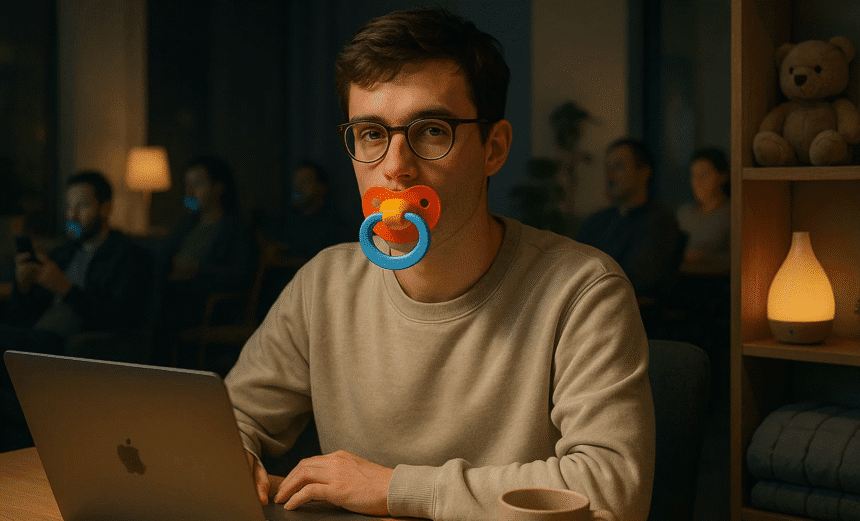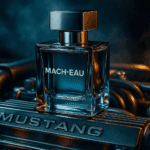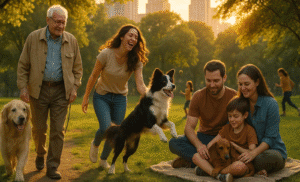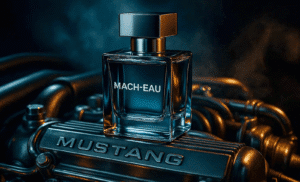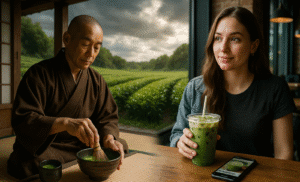What began as a niche novelty item in China has now grown into a full-blown global craze. Adult pacifiers, once reserved for infants, are being embraced by stressed-out adults seeking unconventional ways to relax, sleep better, and cope with daily pressures. The trend first caught fire in early 2025 on Chinese e-commerce platforms like Taobao and JD.com, where sellers began marketing oversized, ergonomically designed pacifiers to adults. Priced anywhere from ¥10 to ¥500 (about €1.30 to €65), these soothers promised to provide sensory comfort, ease anxiety, and even improve sleep. By spring 2025, social media platforms in China, including Weibo and Douyin (the Chinese version of TikTok), were flooded with videos of young adults using pacifiers in offices, dorm rooms, and before bed. Within months, the hashtag #AdultPacifier had racked up over 68 million views on Weibo. Videos ranged from sincere testimonials about stress relief to comedic skits poking fun at the practice, but regardless of tone, the visibility fueled surging sales.
By mid-2025, the pacifier phenomenon had spilled over into South Korea, where wellness influencers began featuring them in “relaxation routines,” and then into Japan, Germany, and the United States. International lifestyle bloggers and TikTok creators latched onto the quirky visual appeal, often framing it as a form of “regressive comfort” in stressful times. Berlin wellness shops have already started stocking imported Chinese models, while New York wellness start-ups have integrated pacifiers into sensory therapy kits for adults with ADHD or anxiety disorders. Psychologists say the pacifier taps into deep-seated psychological triggers. “It offers a repetitive oral motion that can help regulate breathing and calm the nervous system,” explained Dr. Tang Caomin, a clinical psychologist in Guangzhou. “For some, it also evokes subconscious feelings of safety and care linked to childhood.” This combination of sensory grounding and nostalgia has resonated particularly with Gen Z and young millennials, who face mounting work pressures, uncertain economies, and overstimulation from constant digital engagement.
Not everyone is convinced. Supporters see adult pacifiers as a harmless, even charming, coping mechanism, a more portable alternative to fidget toys or aromatherapy, while critics dismiss them as infantilizing and socially awkward. “I use mine before bed, and it helps me fall asleep faster,” said Mei Lin, a 27-year-old from Shanghai. “My friends laughed at first, but some of them now want to try it.” Online debates have raged. On Douyin, some commenters joke that “China’s stress levels have reverted us to babyhood,” while others defend the trend as a sign of “emotional honesty” in an overworked society. Dentists and medical professionals warn that, while occasional use is unlikely to cause harm, prolonged daily use may lead to jaw misalignment, bite changes, or even breathing risks during sleep. “The main issues are dental health and hygiene,” said Dr. Hiroshi Tanaka, a dental specialist in Tokyo. “Adults must ensure proper cleaning and limit usage to avoid oral health problems.” Chinese health outlets have published cautionary articles advising moderation and urging users not to replace more established stress-relief methods, such as exercise or meditation, with pacifiers.
The financial side of the trend has been striking. Several Chinese manufacturers report triple-digit growth in sales since January. Some small sellers on Taobao have gone from moving a few dozen units a month to over 2,000 per month. Premium versions featuring custom colors, scents, or even gemstone embellishments have emerged for style-conscious buyers. International retailers are now sourcing from Chinese factories, and some Western wellness brands have already launched their own adult pacifier lines, often rebranding them as “oral sensory devices” to broaden appeal. Sociologists link the rise of adult pacifiers to the broader “comfort consumerism” trend that has flourished during turbulent times. The same cultural wave has popularized weighted blankets, plush toys for adults, and nostalgic media reboots. “This is about reclaiming safe, tactile experiences in an uncertain world,” said Dr. Amira Khalil, a cultural trends researcher in London. “The pacifier is just the latest symbol of that need.”
Whether adult pacifiers remain a permanent fixture in the wellness market is unclear. Some analysts predict the fad will fade as novelty wears off, while others believe it will settle into niche communities much like fidget spinners did. For now, the colorful soothers are popping up in airports, co-working spaces, and even boutique hotels’ relaxation lounges. And in a fast-paced, high-pressure world, perhaps the popularity of a simple silicone soother says less about immaturity and more about the human need for comfort in whatever form it comes.

